Pilates is everyone's favourite workout RN – but is 20 minutes enough to improve strength and muscle tone?
Buckle up - it's time to see what the experts and science have to say…


Maybe quick workouts are your thing, or perhaps you’ve only ever got half an hour or less to spare — either way, is 20 minutes of Pilates enough to boost your overall strength and wellbeing?
It’s a valid question. Pilates is everywhere RN, with celebs like Victoria Beckham, Harry Styles and Maya Jama all spotted heading to Reformer Pilates classes. Research, like this 2023 review, also backs up the many benefits of Pilates - and for good reason. Researchers in this review noted that Pilates won’t just help you tone, strengthen and increase your flexibility and mobility, but better your balance, increase your respiratory rate and lower your pain, too. The study even went as far as to suggest that Pilates can improve the overall quality of life. But how much Pilates is enough? And are 20-minute Pilates workouts the sweet spot when it comes to reaping the rewards?
To get to the bottom of this commonly-asked question, we asked two Pilates experts for their insights and delved deep into the most up-to-date research so you don’t have to. To refresh your knowledge on Pilates and how many times a week you should aim to do this workout if you’re keen to boost strength and wellbeing, keep scrolling.
And while you’re here, you might also be interested in discovering our expert-backed guide on what is Pilates, the best Pilates exercises to do at home, and our explainer on Pilates for beginners.
Is 20 minutes of Pilates enough? Your science-backed guide
What is Pilates? And where did it originate from?
Mat Pilates is a form of exercise that centres on strengthening the core, improving flexibility, and enhancing overall body awareness. Put simply, "it involves performing a series of controlled movements and postures on a mat, often incorporating breathing techniques to promote physical and mental well-being,” Paola di Lanzo, OG wellness guru and founder of Paola’s Body Barre explains.
Contrary to what your Instagram or your TikTok For You page might have you believing, Pilates is nothing new. It dates back to the 20th century when Joseph Pilates, a German physical trainer, first developed this low-impact but high-in-results workout method.
“Joseph Pilates initially created the exercises to help rehabilitate injured soldiers during World War I and later refined his techniques in the United States, where he opened a studio in New York City in the 1920s,” Di Lanzo recalls. “His method, originally called contrology, emphasised the importance of mind-body connection and precise, controlled movements.”
Marie Claire Newsletter
Celebrity news, beauty, fashion advice, and fascinating features, delivered straight to your inbox!
How many times a week should you aim to do Pilates workouts?
If there’s one thing we can all agree on: everybody and every body is different. So what may work for you, may not necessarily be the blueprint for another.
For example, researchers in this 2016 study tasked 34 young sedentary women to complete one 60-minute Pilates class once a week for ten weeks. At the end of the ten weeks, researchers found that there were improvements in muscle mass, flexibility, balance, core and abdominal muscle strength. However, the same review noted that while this may help sedentary young women overcome the "lack of time" excuse for not exercising, this level of activity is "below the required levels of exercise for health."
A more recent 2024 12-week study, which looked at the effects of mat Pilates training on blood pressure in hypertensive elderly people, found that practising Pilates for 60 minutes three times a week could "significantly decrease blood pressure" and increase blood flow.
So as you can see, how many times a week you should aim to complete Pilates workouts will all depend on your health and your fitness goals. But the bottom line? If you want to feel results from your Pilates class and tick off the recommended daily movement goal, set out by the NHS in the Physical Activity Guidelines, Jessie Blum, Heartcore founder recommends moving at least two to three times week if possible, mixing up mat and Reformer classes to "challenge your mind and body in a variety of ways throughout the week/" "As Pilates is a low impact exercise, your body also doesn’t need as much time to recover between sessions," she notes.
Di Lanzo agrees, suggesting that two to three Pilates sessions per week is the sweet spot. “This will allow you to build strength, improve flexibility, and enhance overall body awareness without overloading your muscles,” the Pilates pro explains. “Consistency is key, and incorporating Pilates into your regular fitness routine can lead to noticeable improvements in posture, core stability, and overall well-being.”
@laurenknott_fit ♬ original sound - Lauren Knott | ONLINE COACH
How long should these workouts be ideally?
In an ideal world, we’d have the time, energy and motivation to rack up 75 minutes of vigorous-intensity activity a week or 150 minutes of moderate-intensity activity, as highlighted in the NHS’ guidelines.
So, how long should your Pilates workouts be? According to Di Lanzo, 45 minutes to an hour is the magic number. “This duration allows enough time to properly warm up, perform a variety of exercises that target different muscle groups, and cool down effectively,” she says. “A session of this length provides a comprehensive workout, helping to build strength, improve flexibility, and enhance overall body awareness. But more importantly, it also means you have [45 minutes to an hour] to yourself, with no phones or distractions.” A win if ever there was one.
While Blum's classes at Heartcore last 60 minutes, with some workshops delivered across 90 minutes. "This duration provides the opportunity to have a full mind-body experience, allowing your body to warm up and then flow through the Pilates movements, giving you a full workout followed by a stretch and appreciation for the movement your body has done," Blum adds.
So what does the research say? A 2015 study and a 2023 article suggest you’ll need to tick off anywhere between two to three one-hour sessions a week for 12 weeks to really boost abdominal strength, endurance and better your hip and shoulder joint mobility.
Still unsure on where to start? Check out our guide to Pilates for beginners or consult with an expert to find a workout plan that works for you and your body.
So, is 20 minutes of Pilates enough each week?
To answer this question in three words: it can be — can being the operative word. Essentially, it all comes down to your current fitness regime, your movement levels and your health and wellbeing goals.
For example: “20 minutes of mat Pilates each week is a great start and can offer some benefits, especially if you are new to exercise or have a busy schedule,” Di Lanzo says. “Even short sessions can help improve your flexibility, core strength, and overall well-being.”
However, for more noticeable strength and wellbeing results, you might consider gradually increasing the frequency and duration of your workouts, the expert tells us, stating that it’s generally recommended to aim for at least two to three sessions per week, each lasting 45 minutes to an hour. “That way, you can effectively warm up, target muscles, and allow enough time for a proper cooldown,” the wellness guru adds.
And Blum concurs. "Any form of Pilates moves are beneficial to your body. But with only 20 minutes a week, you would struggle to feel the positive effects. We would suggest that you make your session at least an hour and practise a minimum of two times per week. By doing so you will be able to see a noticeable change in your body; increasing strength, improving flexibility and posture, and building muscle and tone."
"20 minutes of Pilates has boosted my overall health and wellbeing more than I ever thought it could"
You could say this article is kind of my own love letter to the power of Pilates. As a health writer and lover of movement, I've tried many a workout in my time. From a couples' weekly yoga class (which was great, and I'm determined to find another block of classes that works for both me and my partner's schedule) to the functional workout method, Pvolve which gets the thumbs up from Jen An. But over the past year, 20 minutes of Pilates one-to-two times a week has been a mainstay in my exercise routine and I can't see it going anywhere fast.
In my eyes, movement and exercise should be fun, accessible and most importantly make you feel good. I know in myself that if there's a barrier to movement, my mind will think of 101 reasons why I shouldn't do it. But that's not the case with 20 minutes of Pilates as, personally speaking, I don't have to carve out huge chunks of time out of my day to fit these in.
Now, as experts have rightly highlighted, how many minutes of Pilates you do will be personal to you and your body. But for me, 20 minutes of Pilates allows me to fit in some movement and helps me reach my weekly exercise goal. On rest days when I'm not heading to the gym or going for a run, but still want some form of active recovery, sometimes I roll out of bed, open YouTube or a fitness app and find a 20-minute Pilates flow that matches my energy levels. And on other days when I find myself glued to my desk having not moved very much — a habit I'm very much trying to get out of — I'll find my mat and ease into a guided on-demand flow to reset my posture and get the endorphins flowing.
Over the year, I've noticed a few things. Firstly, my core strength has been boosted. Secondly, very slowly but surely, my flexibility has increased. And thirdly, completing 20 minutes just makes me feel good. Exercise and movement can be subjective. But if there's one thing that's a fact, I'm yet to regret finding a spare 20 minutes to roll out my mat and practice some Pilates. So if it ain't broke...

Becks trying Pilates at home
Shop MC UK's go-to Pilates workout kit now:
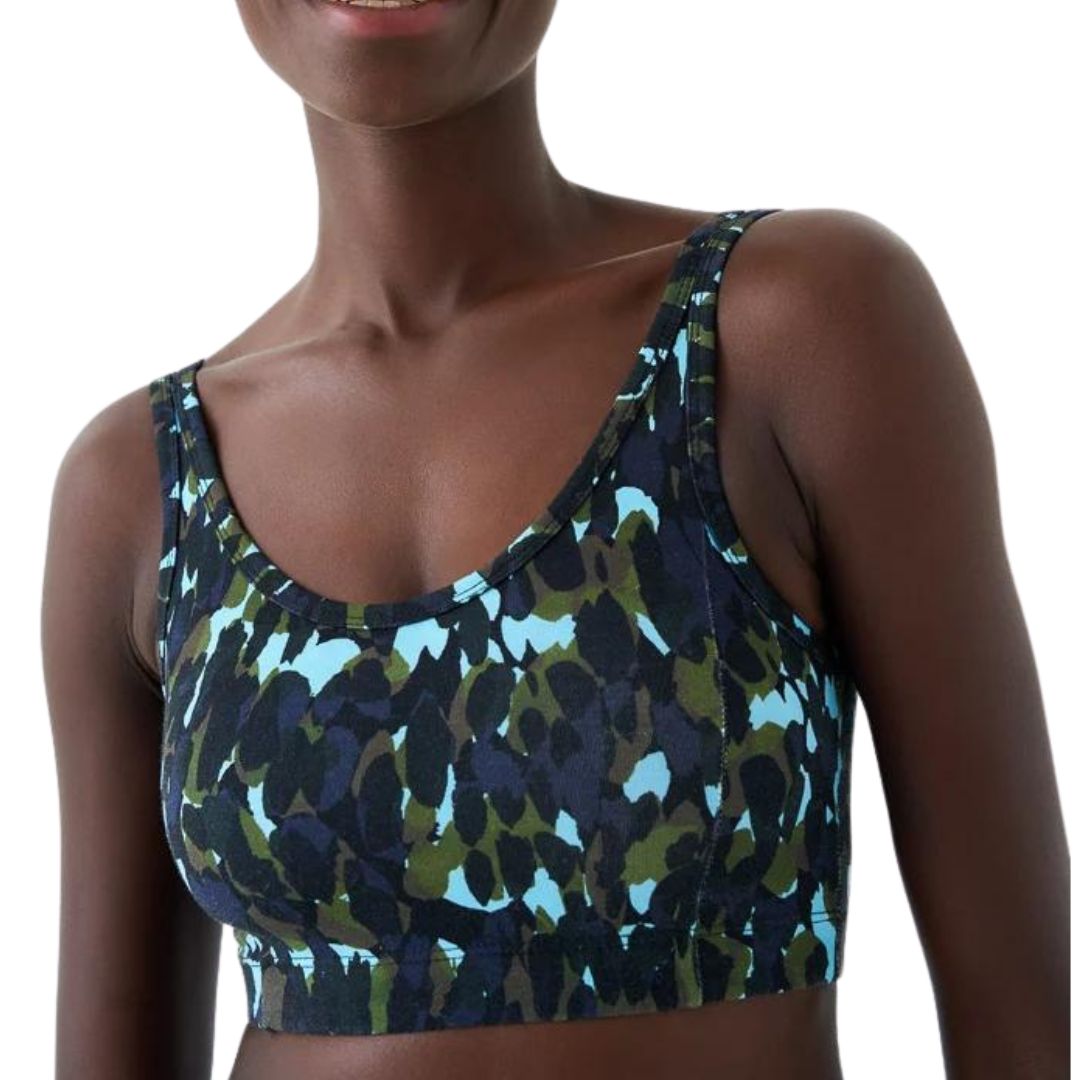
Super soft, sculpting and coming with a built-in bra for support — this all-in-one is a best-seller for multiple reasons! Did we also mention it’s sweat-wicking, sheer-proof and made from spandex and recycled water bottles? Add a pair of socks and you’re good to flow.
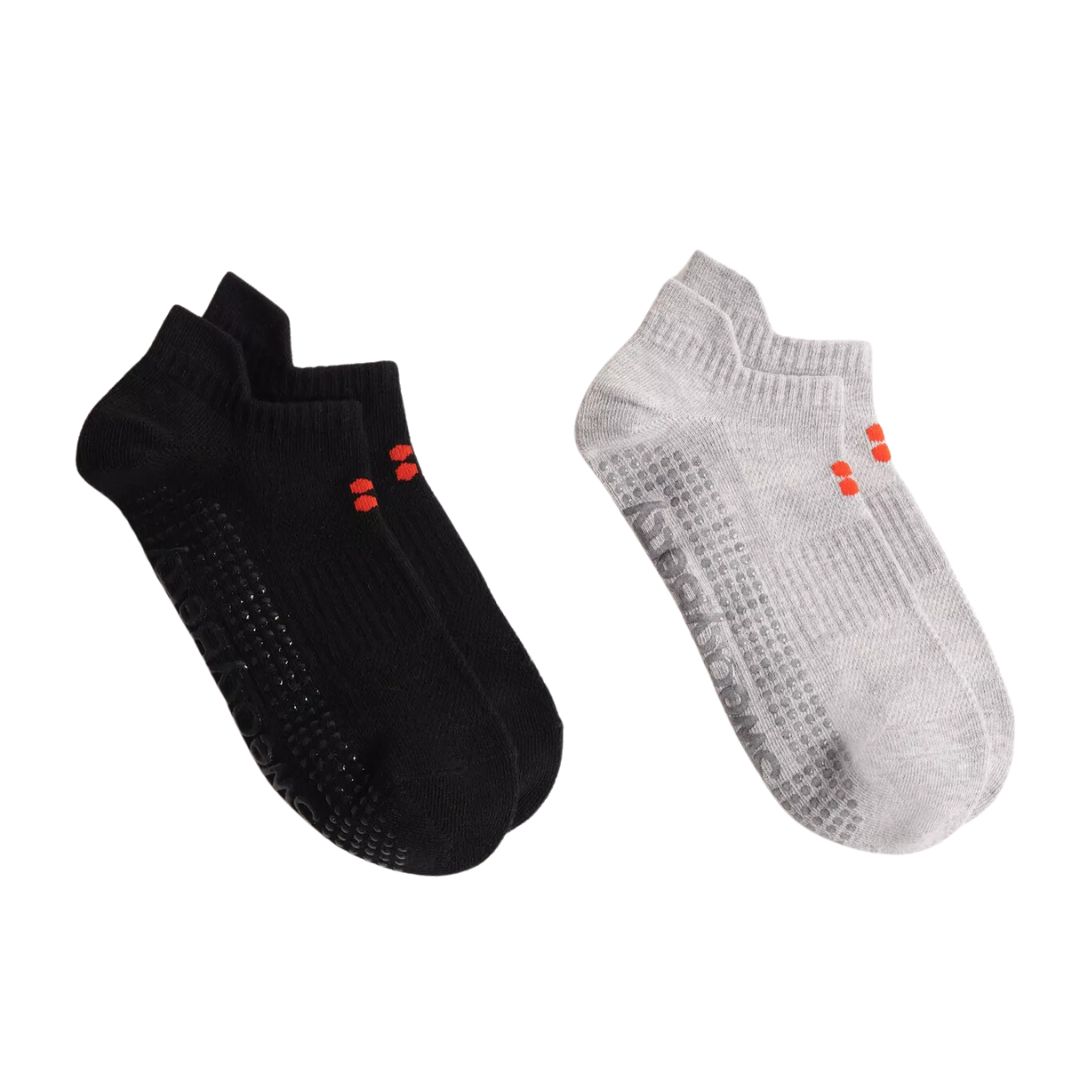
Talking of socks, if you’re perfecting your Pilates flow, do so with a pair of grip socks to help better your balance and stop you from sliding on your mat. These Sweaty Betty options fit the bill.
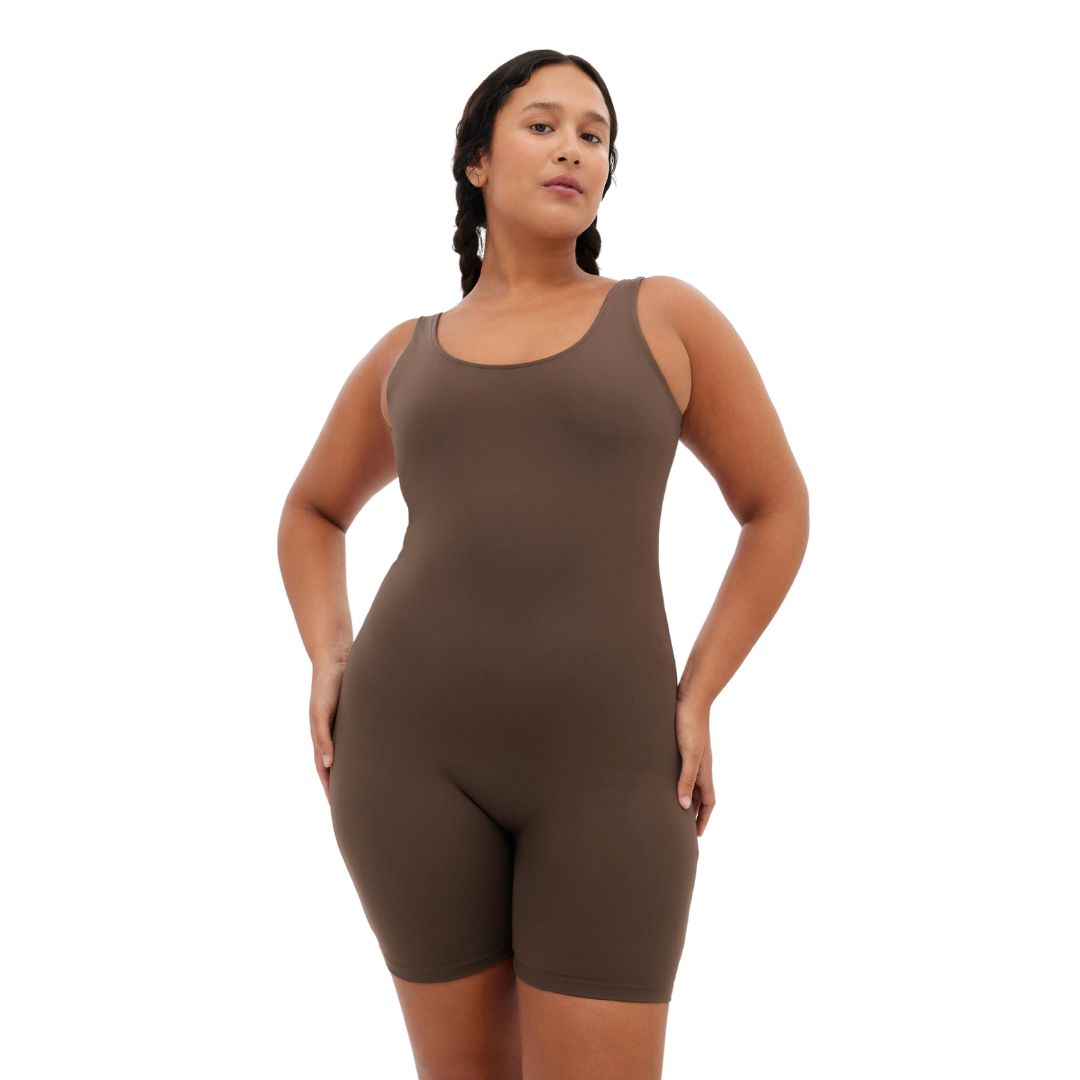
Once you’re finished, stay warm by popping a long sleeve top over your unitard with this cropped style which also comes in a tonal blue hue. We love!
How long does Pilates take to show results?
This will vary from person to person. The duration of your Pilates workout, intensity, current fitness levels and consistency of practice will all have a part to play.
It also depends on what you mean by "results". But in broad terms, Paola di Lanzo, OG wellness guru and founder of Paola’s Body Barre says: “I always say to my clients that after one session, you will feel the difference mentally, and after ten sessions, you will notice the difference physically.”
Jessie Blum, Heartcore founder states that generally, people report feeling improvements in their strength, flexibility and posture within a few weeks of regular Pilates practice. "For more significant changes in muscle tone, body composition and overall fitness, it may take several months of consistent Pilates practice," Blum says. "It’s important to remember that results can be gradual and may vary from person to person. As in life, patience and dedication are key to getting the results we want."

Rebecca, or Becks, is a freelance journalist with more than ten years of experience in the industry. She specialises in all things health and lifestyle and has written for a number of brands including Women's Health, Stylist, the Evening Standard, Good Housekeeping, The Telegraph, Live Science, Tom's Guide and Fit&Well. Becks also writes copy for a number of brands and small businesses.
When she's not weight training, tracking down the best gym leggings, reading a book or at her desk typing away, you'll find her in the kitchen perfecting a new recipe or bake.
-
 Ties are the unexpected cool-girl accessory to invest in this season
Ties are the unexpected cool-girl accessory to invest in this seasonSchool is in session
By Sofia Piza
-
 This is not a drill: you can now shop Alexa Chung's actual wardrobe on Vinted
This is not a drill: you can now shop Alexa Chung's actual wardrobe on VintedOwn a piece of sartorial history
By Penny Goldstone
-
 New Look’s spring collection has dropped—as a picky fashion editor, I’m seriously impressed
New Look’s spring collection has dropped—as a picky fashion editor, I’m seriously impressedSpring trends at affordable prices
By Jazzria Harris
-
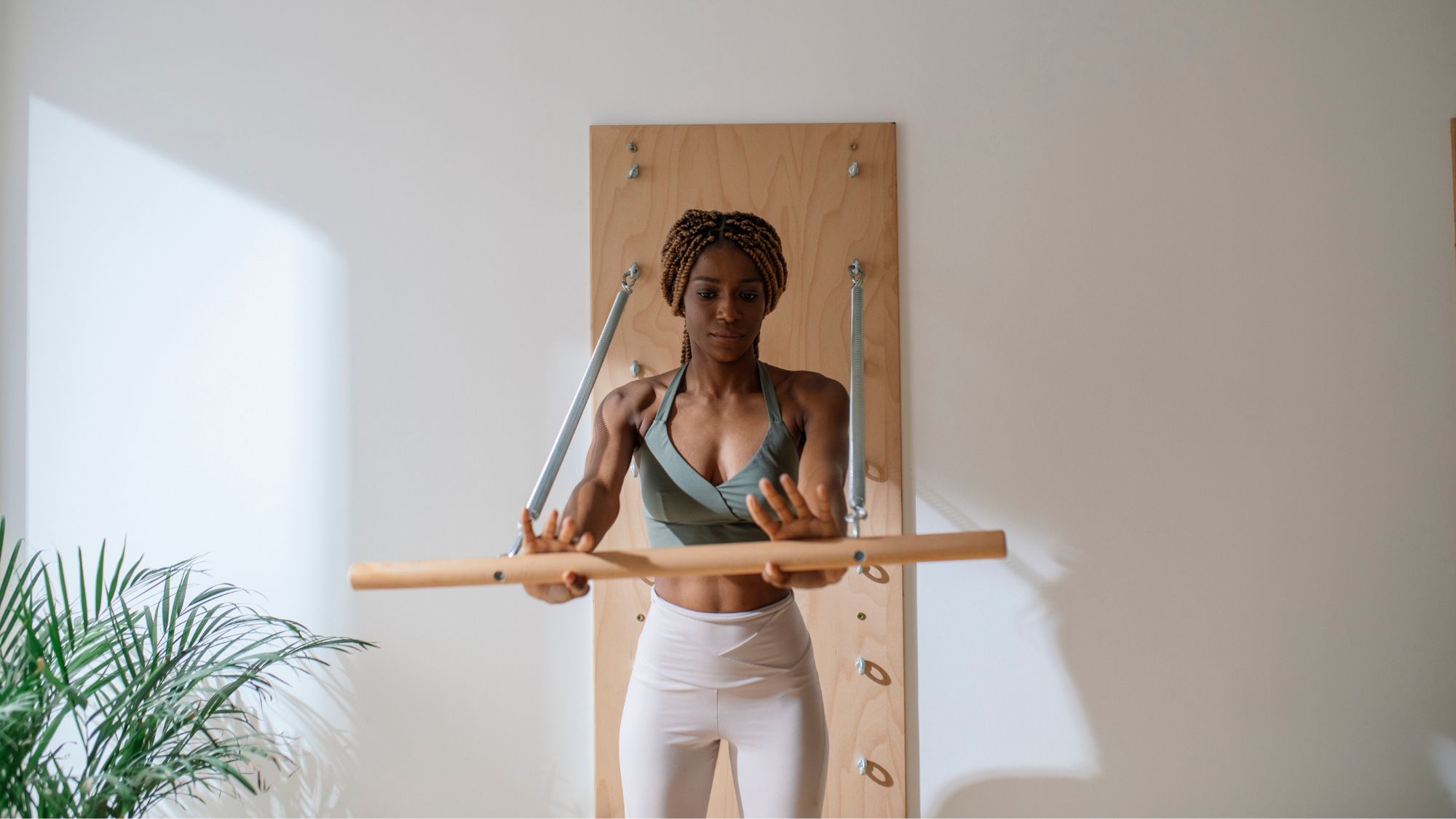 Stop what you're doing: these are, hands down, the best wall Pilates workouts for the core, according to top instructors
Stop what you're doing: these are, hands down, the best wall Pilates workouts for the core, according to top instructorsRigs at the ready.
By Katie Sims
-
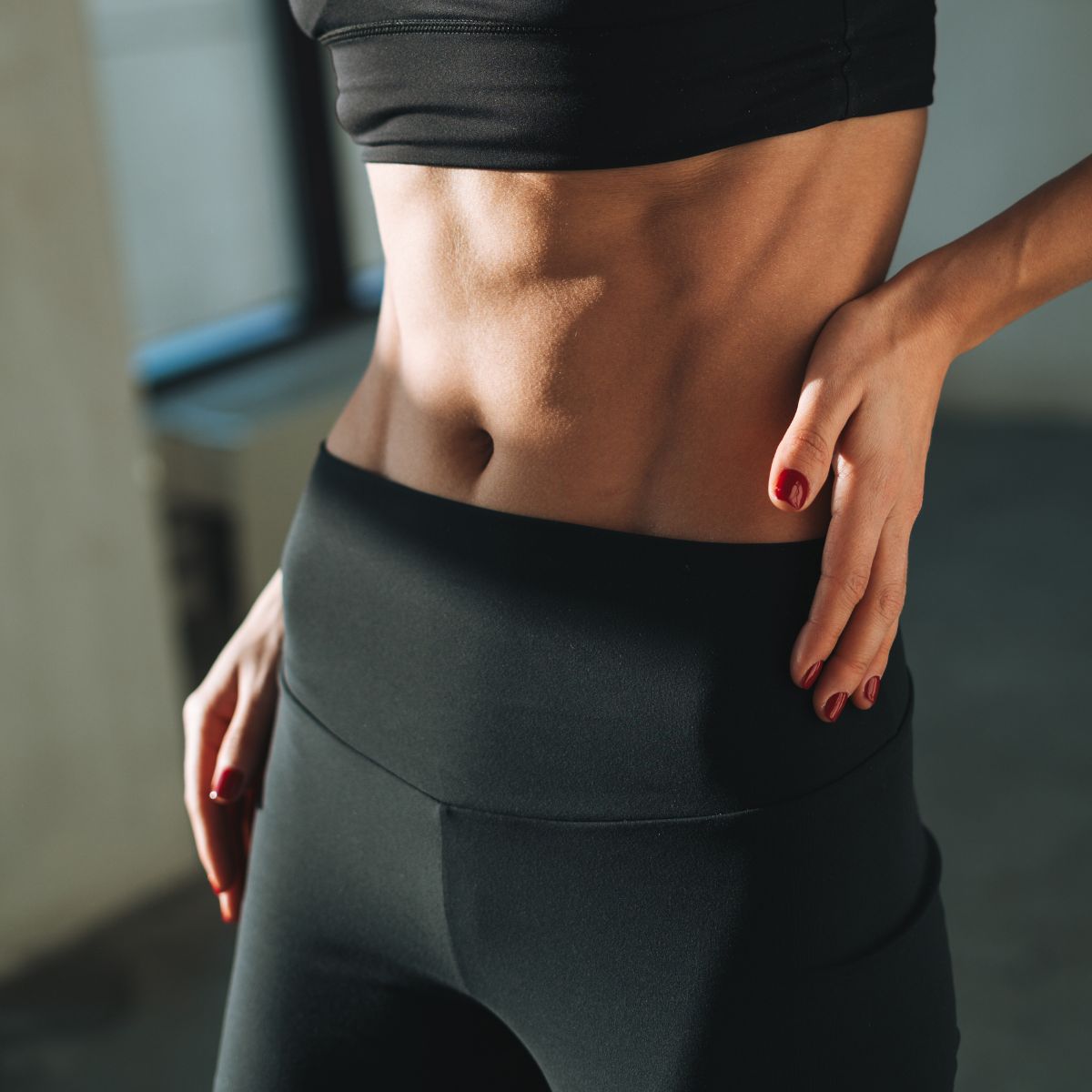 Modern Pilates is one of the most fun yet effective ways to strengthen and lengthen your body - 6 exercises to try
Modern Pilates is one of the most fun yet effective ways to strengthen and lengthen your body - 6 exercises to tryKeen to strengthen your entire body? This one's for you.
By Anna Bartter
-
 I tried Pilates roll-downs every day for a week - and was amazed at how quickly it eased years of stiffness
I tried Pilates roll-downs every day for a week - and was amazed at how quickly it eased years of stiffnessConsider my spine more mobile than before.
By Rebecca Shepherd
-
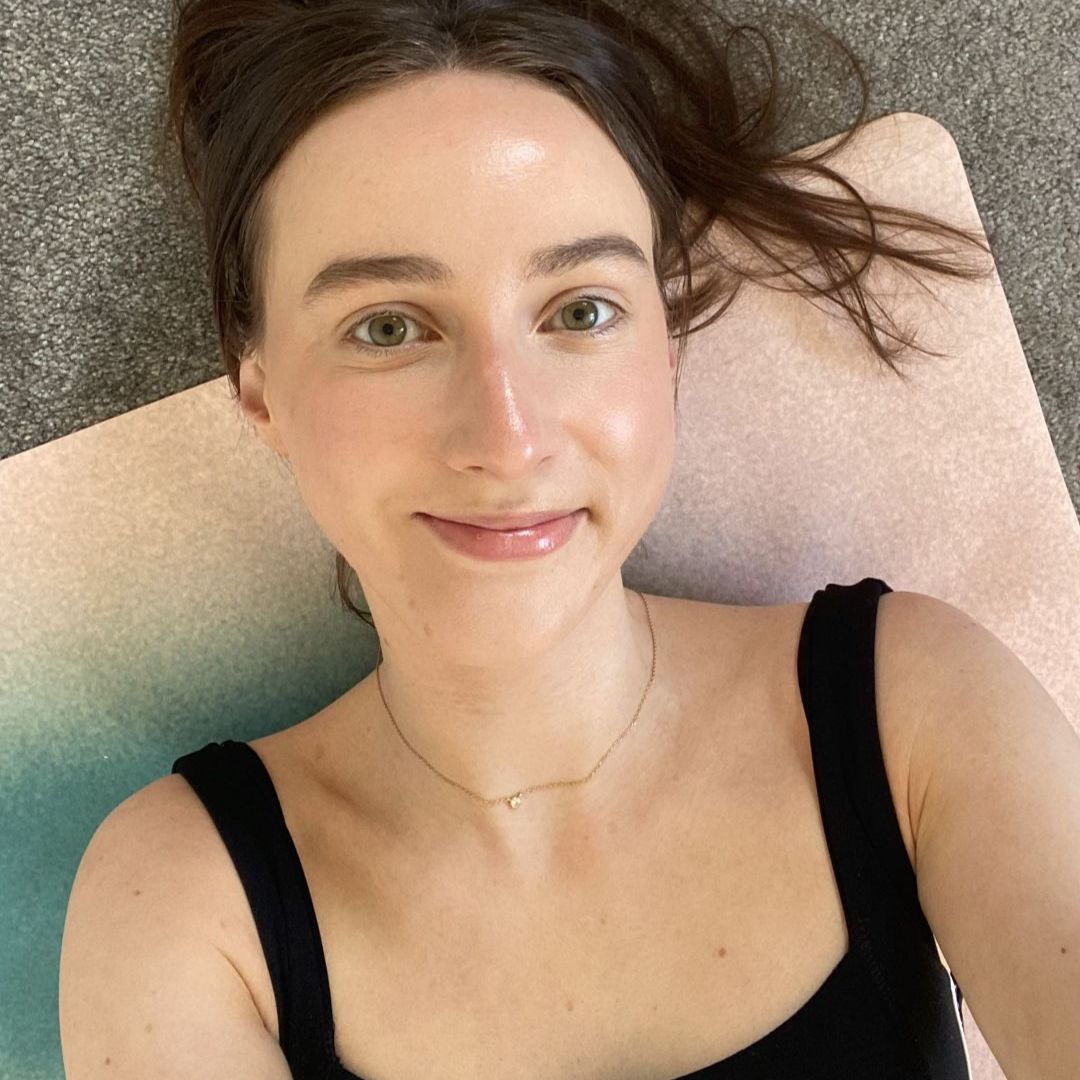 I tried Pilates scissors, the raved-about Pilates move - and think it's the best combination of stretching and strengthening ever
I tried Pilates scissors, the raved-about Pilates move - and think it's the best combination of stretching and strengthening everTrust me, this one's worth trying.
By Katie Sims
-
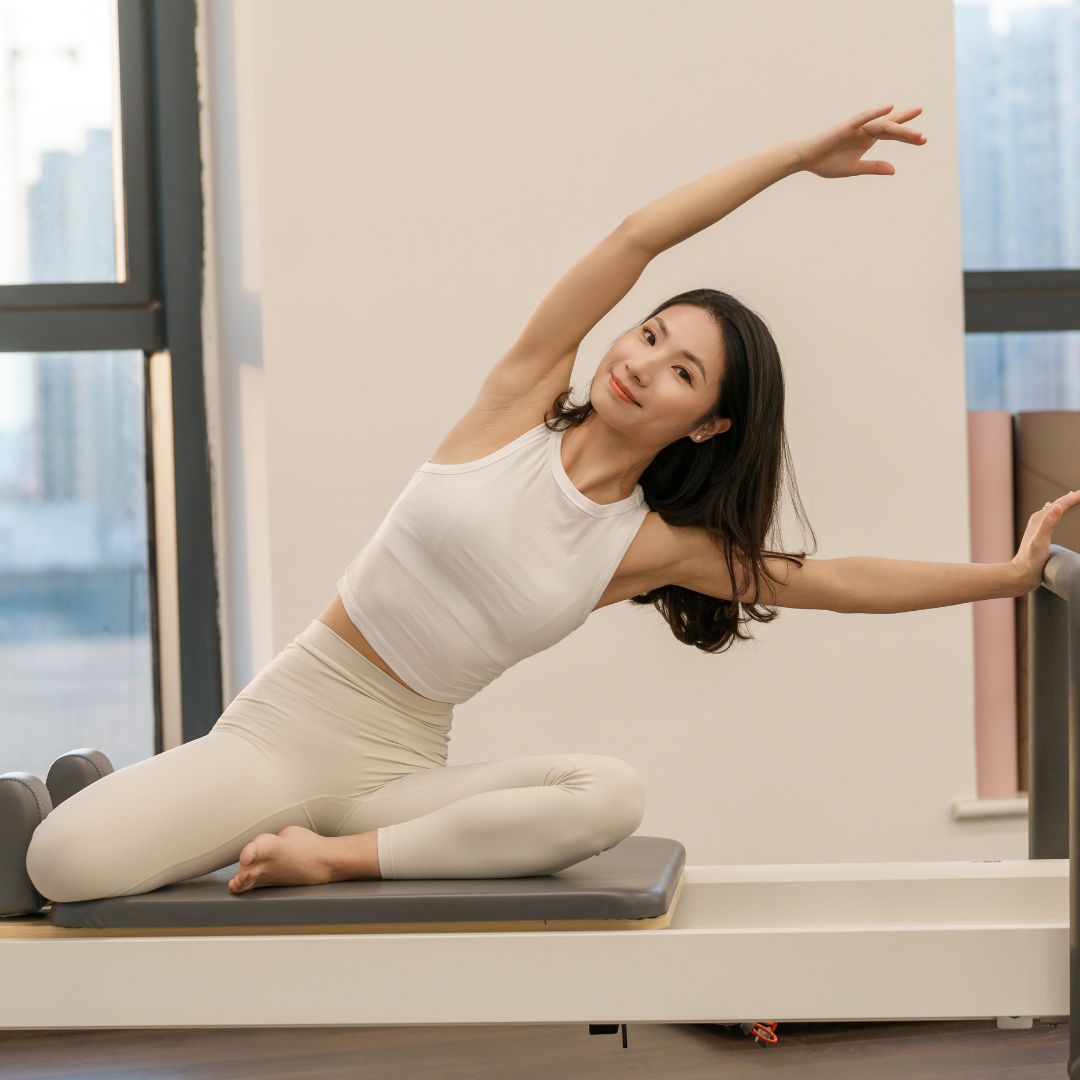 Eager to build a strong, stable core from home? 7 advanced Pilates core exercises that coaches do themselves
Eager to build a strong, stable core from home? 7 advanced Pilates core exercises that coaches do themselvesStability, strength *and* control? It's a yes from us.
By Anna Bartter
-
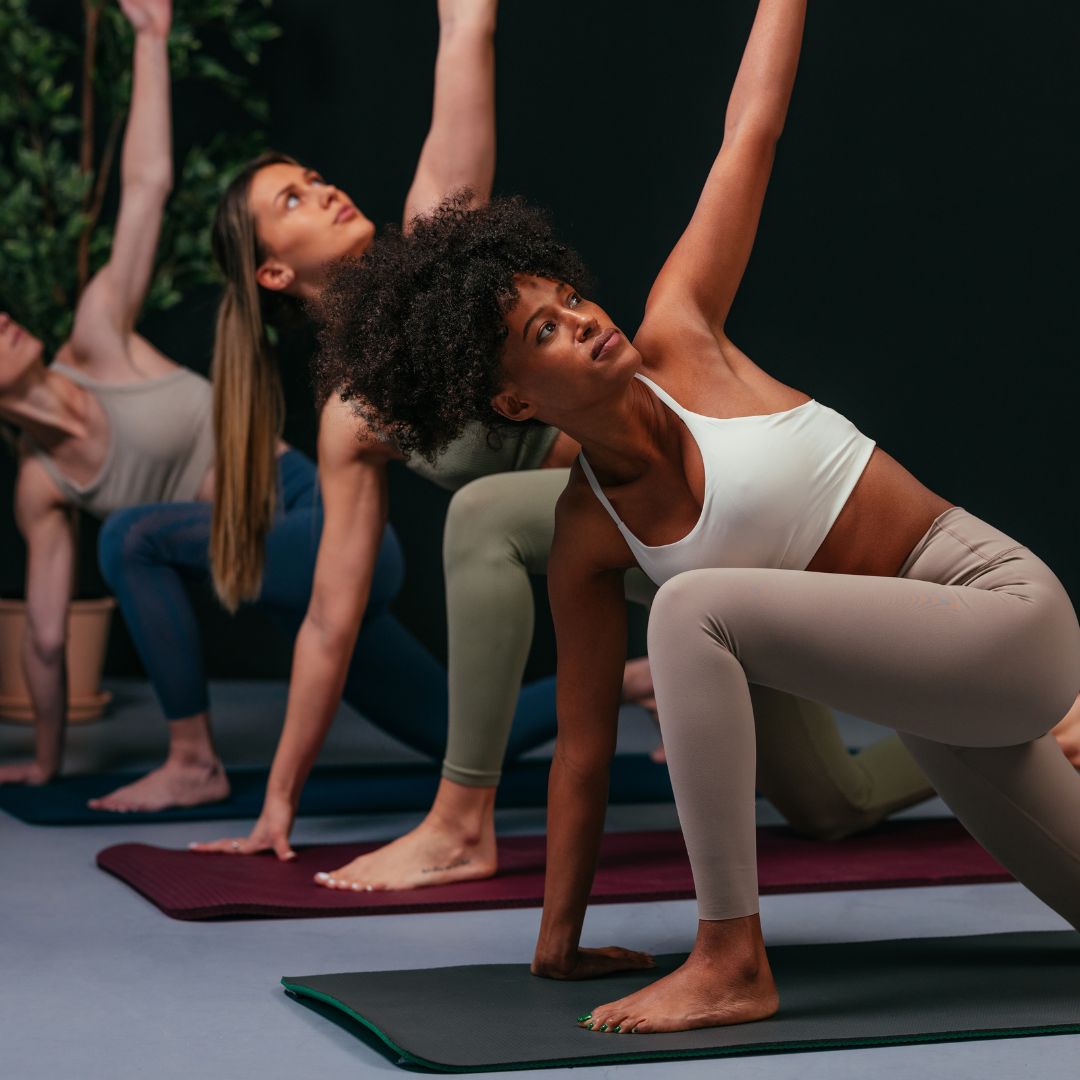 Classical Pilates is raved about worldwide as the most effective type of Pilates you can do - 8 exercises that instructors recommend
Classical Pilates is raved about worldwide as the most effective type of Pilates you can do - 8 exercises that instructors recommendTried, tested and trusted moves.
By Katie Sims
-
 Fan of low-impact sessions? These are officially the 7 best Pilates apps for boosting strength, tone and mood
Fan of low-impact sessions? These are officially the 7 best Pilates apps for boosting strength, tone and moodYou can thank us later.
By Katie Sims
-
 I tried STOTT Pilates at home every day for a week - and I've fallen for the trending workout hook, line and sinker
I tried STOTT Pilates at home every day for a week - and I've fallen for the trending workout hook, line and sinkerYou'll want to give this one a go.
By Katie Sims